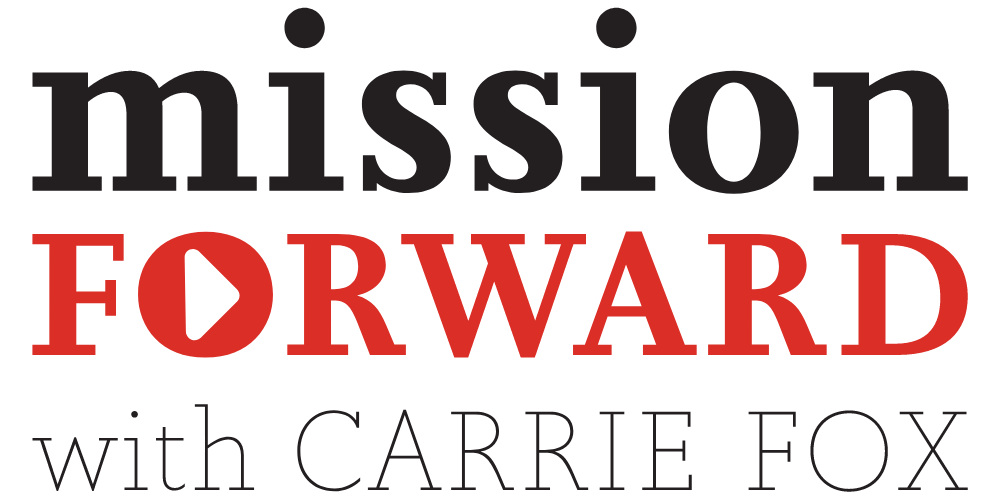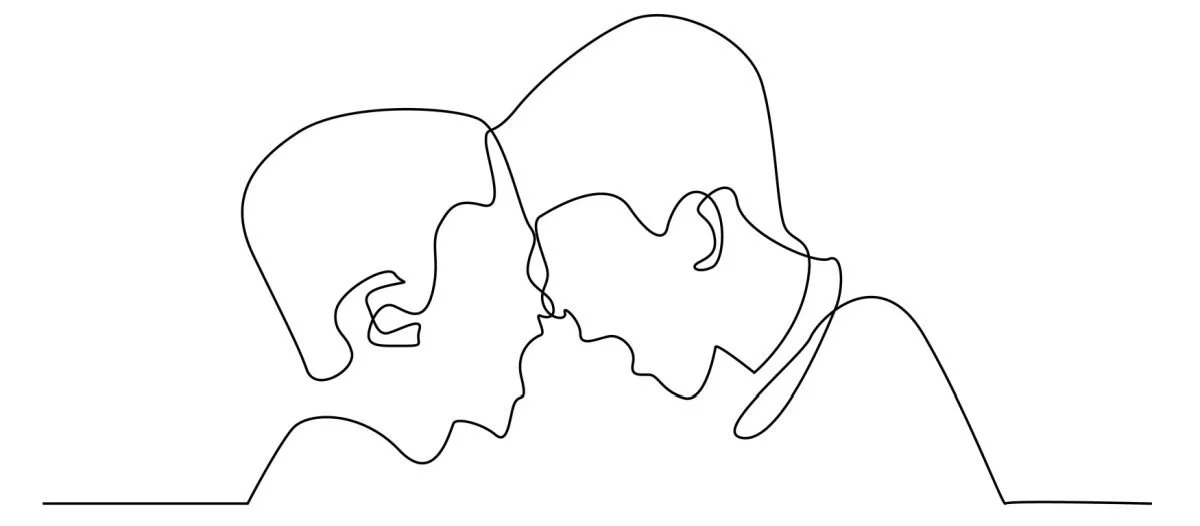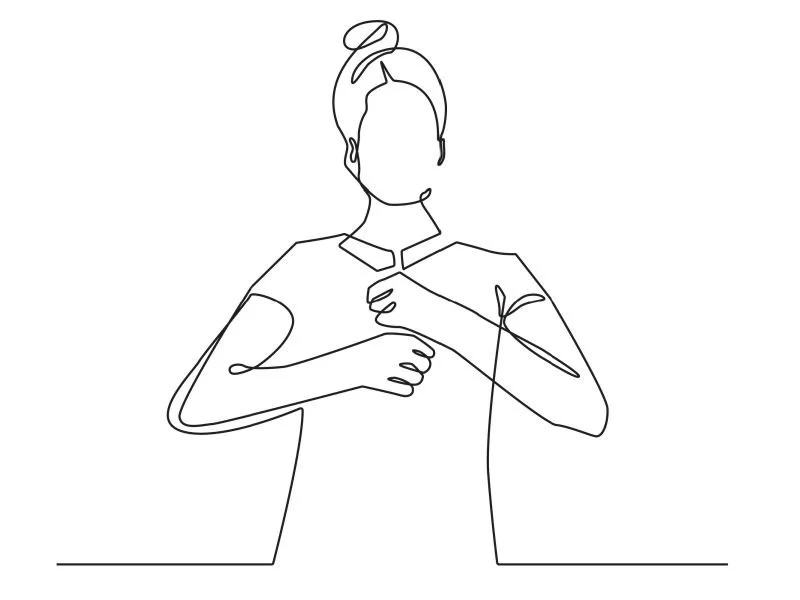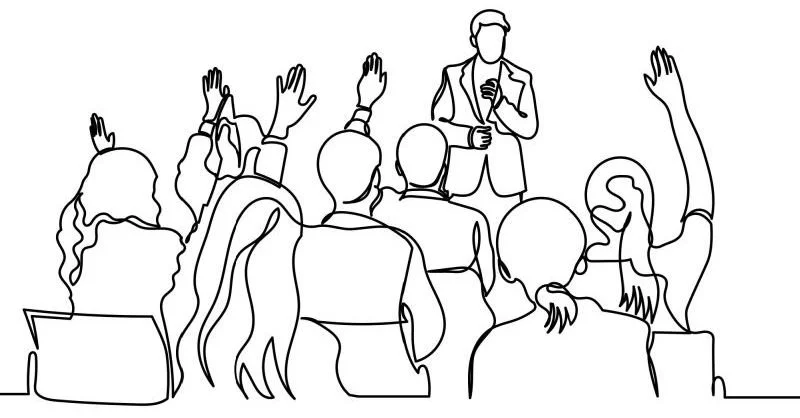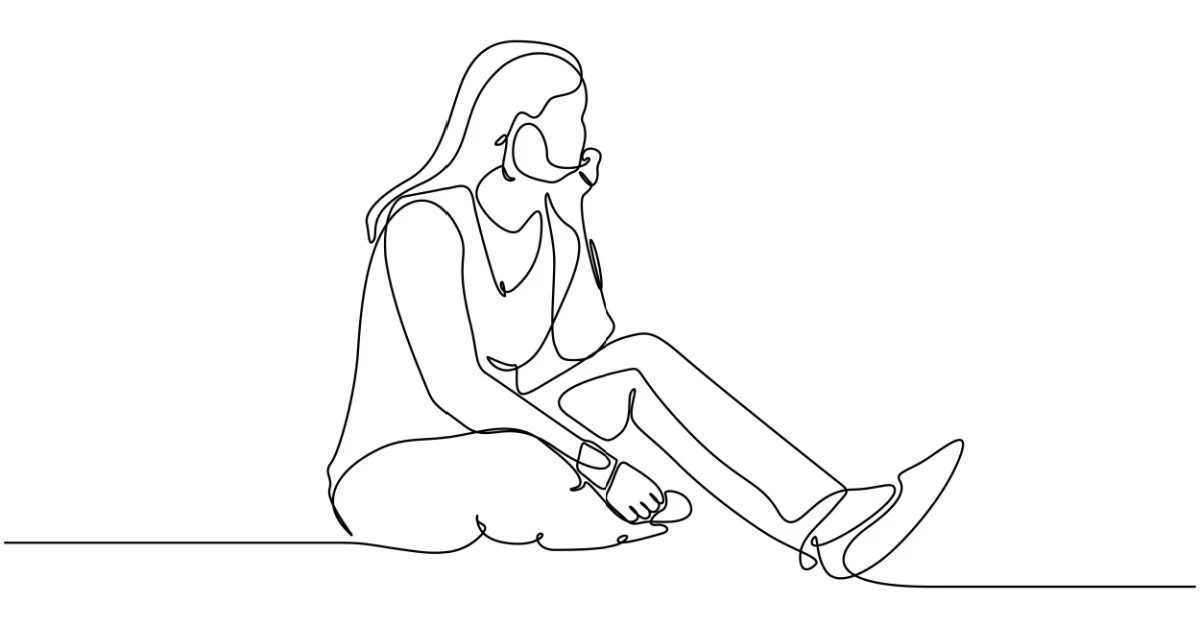Despite our Differences.
This article is part of Finding the Words, a newsletter that delivers practical insights on the day’s issues.
This week, as our nation feels the weight of another government shutdown—this one with no clear end in sight—I’ve been reflecting on what happens when systems don’t just slow down but come to a screeching halt. When the structures we rely on to function stall under the weight of disagreement, it’s not the politicians who suffer most—it’s people. Families miss paychecks. Communities lose services. Trust in leadership further erodes.
While most of us don’t lead Congress, many of us do lead teams, organizations, and communities, and we are often the ones tasked with guiding people forward through conflict.
Maybe your Board is pushing back on how a new strategy is taking shape.
Maybe your community is divided over a social or political issue.
Maybe your workplace is at odds over recent HR changes.
Whatever the conflict, you are likely navigating very different opinions and points of view and I'm sure you've wondered: Is it even possible to bring people together on this one?
For a little wisdom, I'm turning to the words of Mariah Levison, who joined me last year on the Mission Forward podcast. Mariah says that conflict is not only inevitable, it is necessary. It’s in those moments of divergence that new ideas can emerge.
However, there’s a difference between constructive conflict and corrosive conflict. Constructive conflict can lead to progress. Corrosive conflict, if left unchecked, leads to breakdown.
So, how do we navigate disagreements that result in more breakthroughs and fewer breakdowns?
Start by acknowledging, as Mariah says, that some level of disagreement will always be part of the work. In fact, disagreement can be good for the work, as long as there are equal amounts of respect and collaboration to balance it out.
Your job as the leader isn't to get everyone to see the world the same way, and it's not to silence the most divergent views. It’s to get people engaged in the process and willing to keep coming back to the table, across their differences, because they believe in the vision enough to stay engaged.
That means:
Aligning on a shared vision: A shared vision doesn’t eliminate disagreement, but it creates the guardrails that keep it constructive.
Welcoming the heat. Passion signals commitment, and heat can unlock stronger solutions—if we channel it.
Setting clear expectations: Ensure everyone knows their role, and can contribute their perspective in a meaningful way, while being clear on where and with whom ultimate decisions lie.
Practicing essential skills. Learning to disagree, manage ambiguity, and voice concerns are all skills that can be practiced. Create opportunities to learn these skills as a team, which will strengthen your collective ability to navigate future conflicts.
Disagreement will always be part of leadership. The question is whether you'll harness disagreements to achieve breakthroughs or breakdowns.
So, keep working through sticky questions together.
Keep listening to understand all sides.
Keep working to recognize what you have in common.
And keep working to find consensus, across the divides.
Hopefully, our government can too.
Bottom Line: Disagreement will always be part of our work. It can also be good for the work, as long as there are equal amounts of disagreement, respect, and collaboration. If we can hold space for all three, we will not only get through the challenges but also build something lasting.
This post is part of the Finding The Words column, a series published every Wednesday that delivers a dose of communication insights direct to your inbox. If you like what you read, we hope you’ll subscribe to ensure you receive this each week.
